Border Travel Restrictions Impact the Economies of Sister Cities
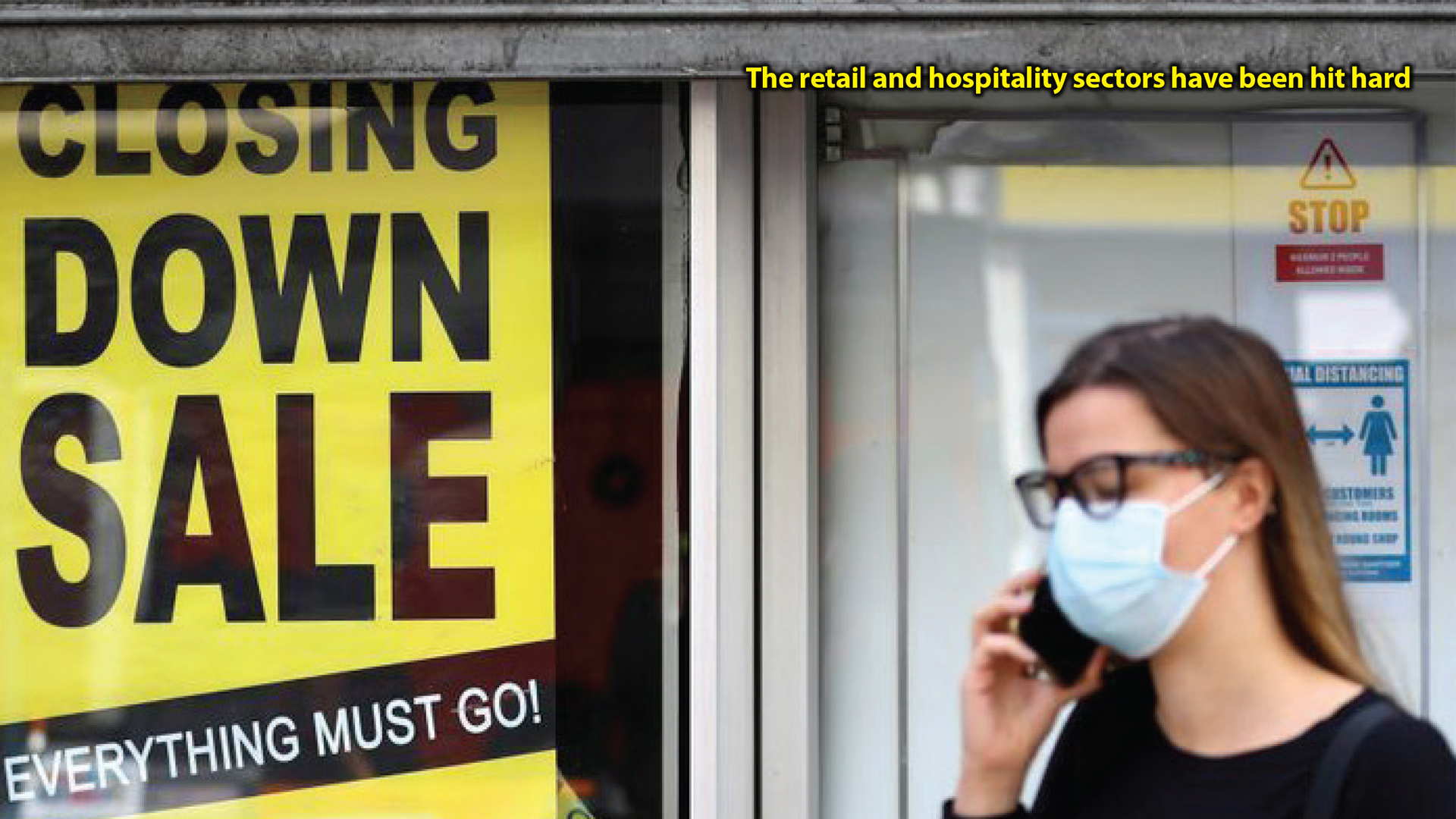
By Nancy J. Gonzalez
Travel restrictions imposed by the U.S. federal government have lasted for almost a year and have taken a toll on border economies.
Mexican shoppers, who fall under the U.S. government’s non-essential category, represent an important percentage of the clients for retailers in U.S. southern border cities and their spending has a direct impact on sales taxes.
The retail and hospitality sectors have been hit hard by the current ban on non-essential travel meant to contain the spread of the virus. This restriction has meant losses for these counties, as Mexican tourists and shoppers are unable to cross the border to buy goods and services.
Mexican tourists and shoppers are a key component of these economies, and without them, the losses are likely to be unprecedented, causing an estimated reduction of nearly US$4.9 billion in the GDP of these border counties in just eight months, shows a recent analysis published by the Baker institute for Public Policy.
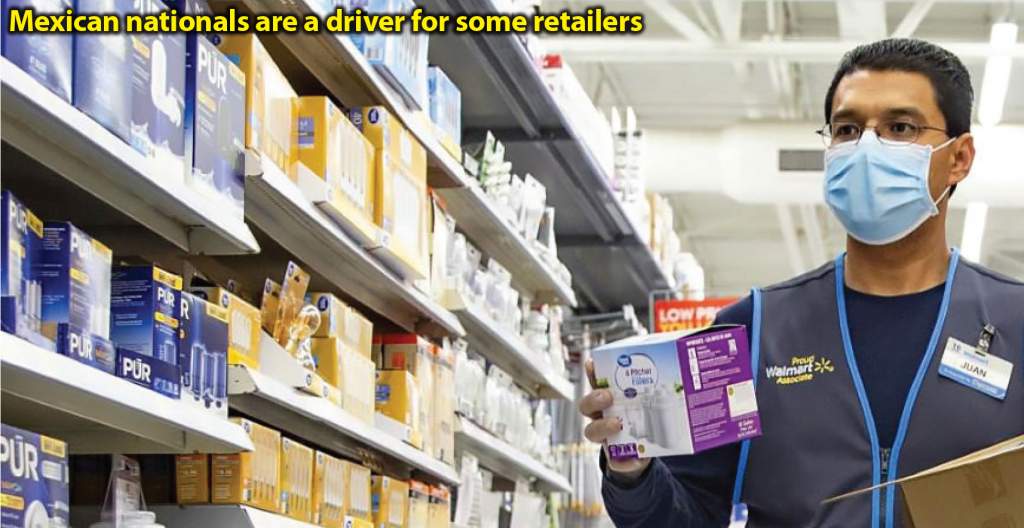
“The retail sector could experience economic losses exceeding US$2 billion during the eight months of restricted travel. This has put immense pressure on retail stores on the border, causing many of them to go out of business already. Finally, the purchase of goods and services generates revenue for the state of Texas through taxes,” says the document. “But with retail sales plummeting, the state will likely lose around US$242.6 million in tax revenue. In sum, it seems that nonessential Mexican travelers are, in fact, essential to the border counties of Texas.”
Mexicans not only shop at stores in these border communities, they also serve as an export industry for these counties. This retail export industry is important to the economies of these border regions, as it allows businesses to thrive and provides employment for many workers.
“The most affected are the small and medium retailers in these border cities because they depend on Mexican shoppers,” said Mayra Maldonado, acting director of the Hunt Institute for Global Competitiveness. “Some of these small businesses have already closed and many might not reopen, even after the travel restriction is over.”
The distribution of the total retail sales in the nine Texas counties on the border shows that Cameron County, El Paso County, Hidalgo County, and Webb County had the most retail sales in 2019. This distribution is almost unchanged since 2002, with only Hidalgo County seeing a 4% increase in 2019. Retail sales for all nine counties show growth from 2002 to 2019. Over the past five years, retail sales of almost all of these counties have remained nearly constant.
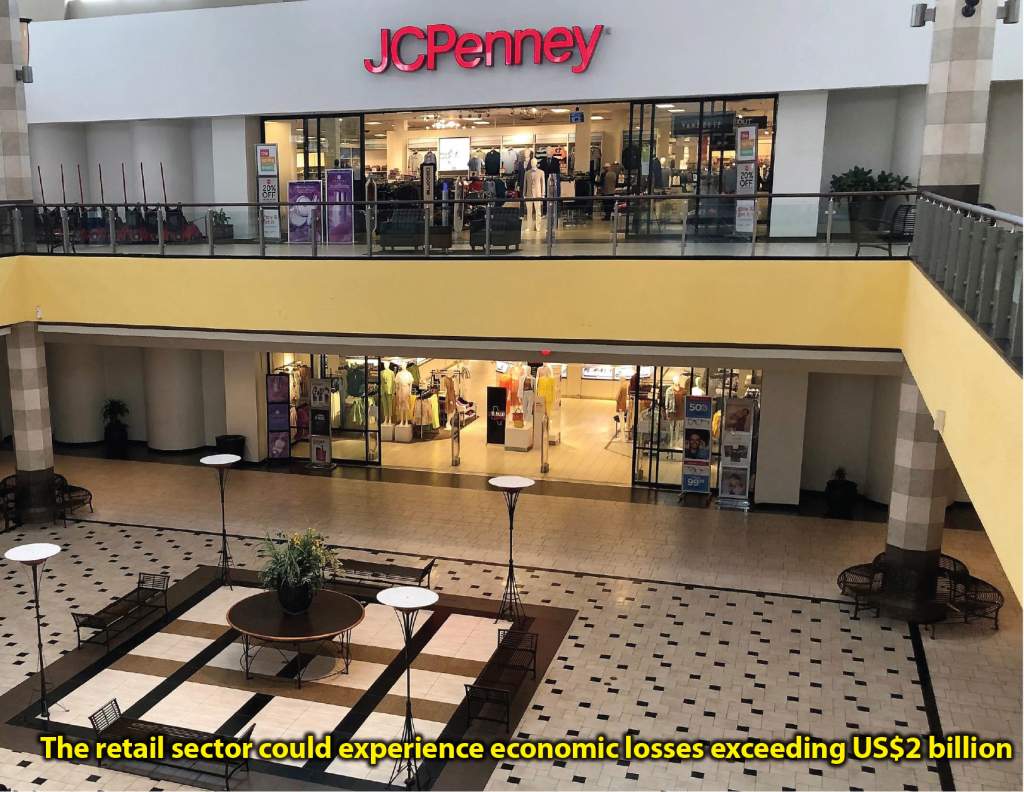
The real growth rate of retail sales from 2002 to 2019 for El Paso County was 21%, and for Hidalgo County was 43%. A percentage of these retail sales correspond to Mexican nationals who have been affected by the non-essential travel restrictions.
Retail stores in border counties know the importance of the potential market they have on the Mexican side of the border. This retail trade represents a significant part of the economy of these border counties. But the travel restrictions have reduced the passenger and pedestrian traffic between 30% to 43%, which means less people spending in the U.S. southern cities. But Texas is not the only affected U.S. southern border state affected by the non-essential travel restrictions. Businesses in California, Arizona and New Mexico also report losses and less shoppers.
A University of Arizona study found that in 2014, Mexican tourists contributed about US$2.5 billion to Arizona’s economy, supporting around 30,000 jobs. This is the most recent figure for this region.
“I think a lot of people don’t understand the economic impact of that visitor coming from south of the border to the U.S., and it is huge,” said Visit Tucson’s Executive Vice President Felipe Garcia. “Every year on average we get about 23 to 24 million visits by Mexican nationals and we found out that they spend about US$1 billion every year.”
Even though California has a more diversified economy, Mexican nationals are a driver for some retailers, especially in the San Ysidro Boulevard Business District. The sales in this region were up toUS$2 million per day and most of the shoppers came from Mexico. The numbers are now very different.
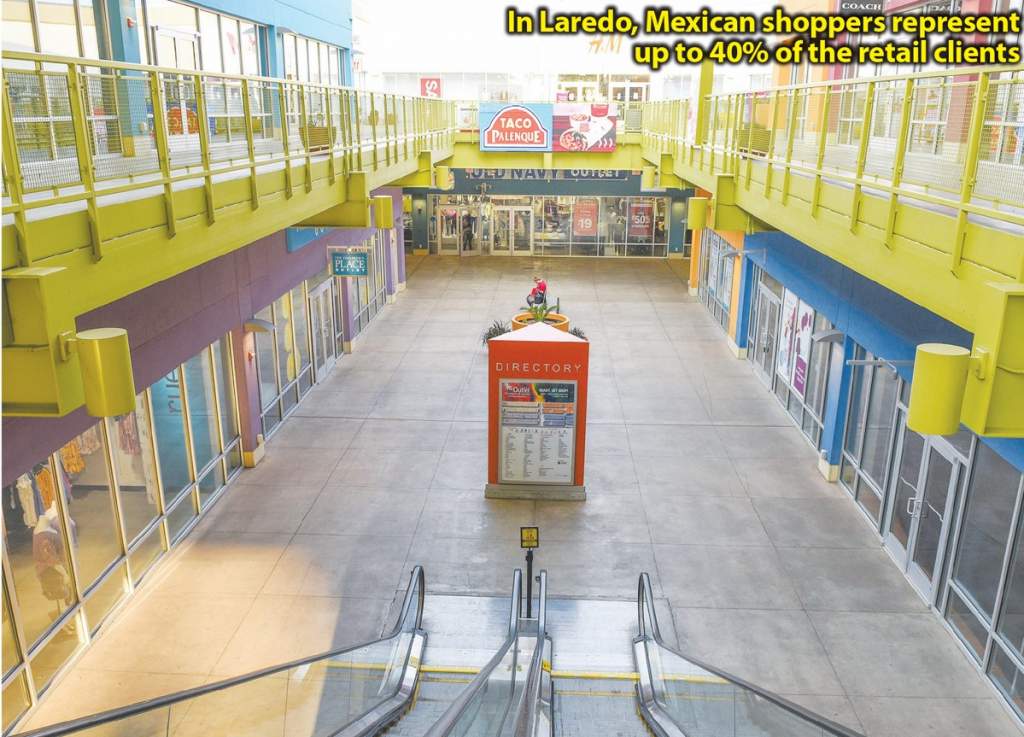
Also, the border cities in California and Baja California have a well-developed medical tourism cluster, but some U.S. citizens and residents are not attending their appointments because the wait times to return are way too long. Therefore, the negative economic impact goes both ways.
Texas Congressman Henry Cuellar, who represents a district in south Texas that includes Laredo, has been lobbying for months to reopen land border crossings for non-essential travel to reduce its impact to the local economies.
“I have seen some businesses where all the employees are gone, and it is just the family holding on,” he said at a recent news conference.
In Laredo, Mexican shoppers represent up to 40% of the retail clients. Therefore, the non-essential travel has impacted the local economy.
But the border closure didn’t just damage retailers on the U.S. side. It has had an overwhelming impact on business and informal workers on the Mexican side. The most affected sectors are drugstores, dentists, restaurants and hairstylists. The economic impact on the Mexican side of the border has not been accounted.
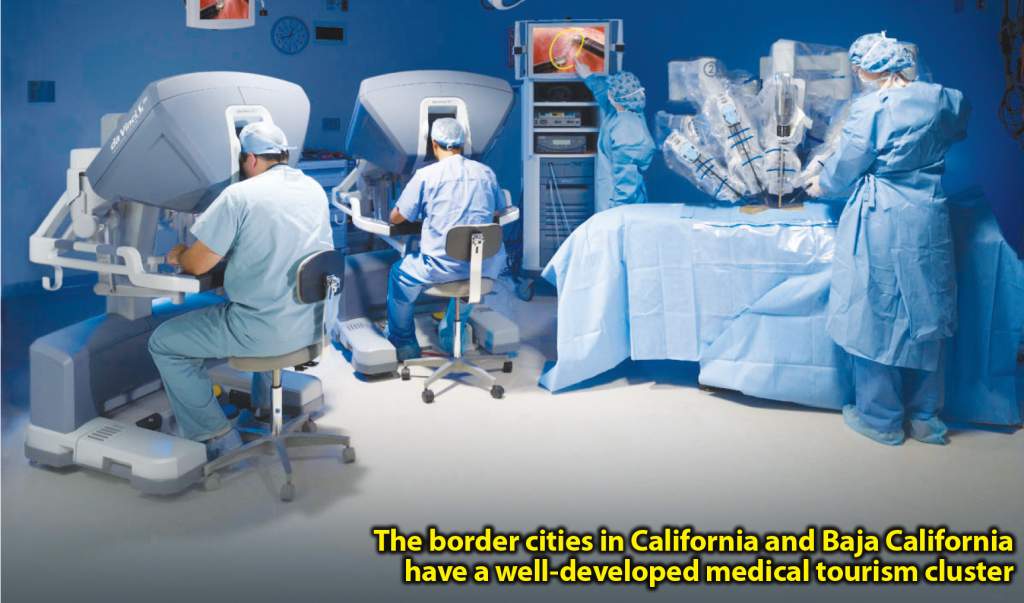
“Border economies are interdependent,” said Irasema Coronado, director of the School of Transborder Studies at Arizona State University. “There are many businesses on the U.S. side of the border that rely and thrive on Mexican shoppers. Likewise, there are businesses in Mexico that rely on U.S. shoppers to come and buy.”
Even though the pandemic has undoubtedly created a public health crisis on a global scale, beyond the impact on health, its effects have extended into all the economies and the ones at the U.S.- Mexico border cities are no exception.
The travel restriction is set to end on February 21, but it might be extended. Now, the U.S. has a new president and his approach to fight COVID-19 might include new measures.